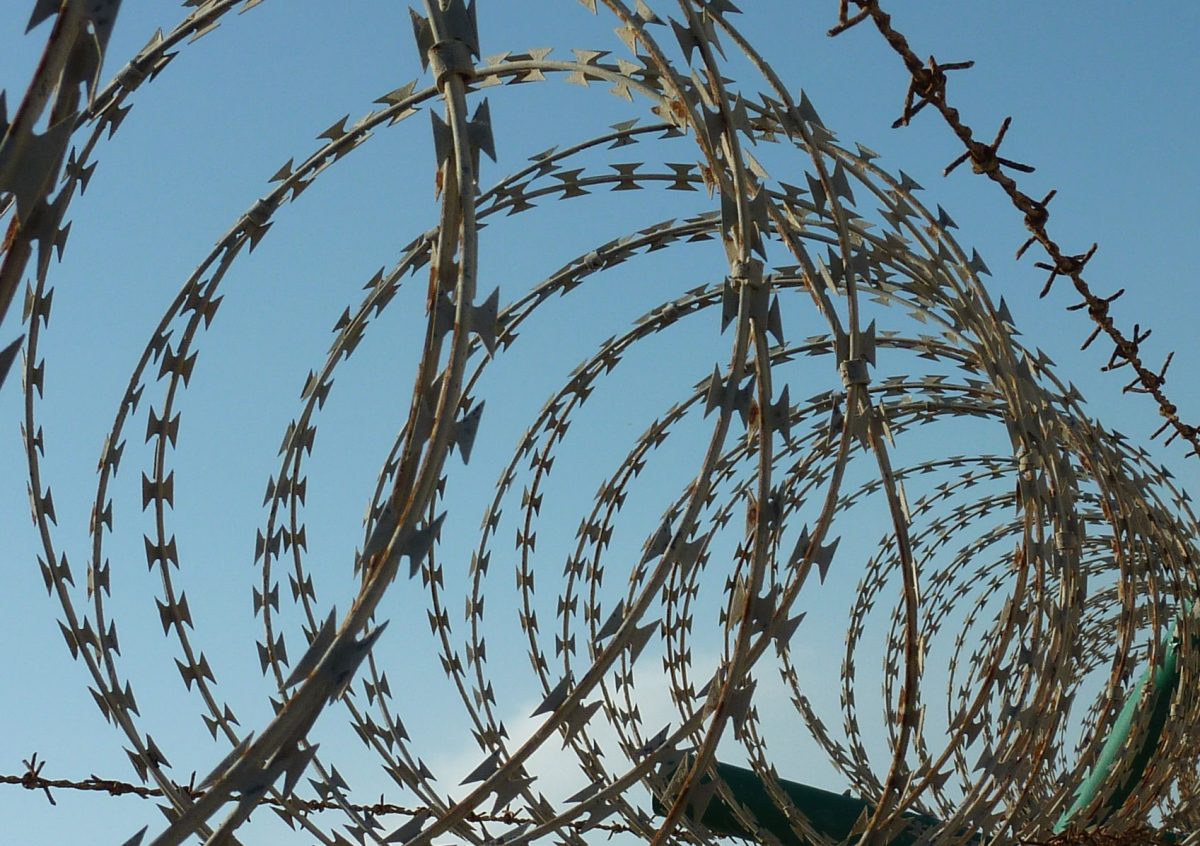The footpath that parallels the Rio Grande on the Mexican side of the border was a dangerous place. The excited buzzing of blowflies and the telltale putrid-sweet scent of decomposing human flesh warned travelers of death’s presence. The rugged trail used for hundreds of years snakes its way north from the Gulf of Mexico for 325 miles. The primitive track meanders through mosquito infested canebrakes, under canopies of mesquite trees, and around fields of prickly pear cactus. It ends abruptly in a dusty, rock-strewn gully near the Mexican border town of Piedras Negras within sight of Eagle Pass, Texas.
The trail was one of the traditional routes used by the coyotes, people who specialize in smuggling human freight across the Mexican border. Sometimes, the coyotes also moved cocaine and fentanyl, using their clients as mules. But the drug business was a high-risk venture. Human smuggling and trafficking were the safer alternatives. Unlike drugs, people were disposable freight. The bothersome contract requirement of delivery was avoidable; prepaid human cargo could be dumped in transit without financial loss or legal jeopardy. And if a load of migrants, locked in the back of a tractor-trailer, happened to be abandoned along a lonely stretch of desert highway in 100-degree-plus temperatures, who would complain? These undocumented migrants and refugees were demonized in the USA as invaders. But this modern-day clan of coyotes was described by Shakespeare years ago when he wrote, “Hell is empty and all the devils are here.”
A large portion of migrants would become the faceless people who stood on the street corners in cities and towns throughout the United States, waiting to be picked up and taken to construction sites or private homes. They lived in the shadows while they labored, cleaned, polished, scrubbed, and cooked their way through each week, hoping to someday be part of the American Dream. But sometimes, dreams become nightmares. And for some, their dreams would end in a roadside ditch. Coyotes, on the other hand, were seen as minor players in the illegal immigration game. They were merely providing a service. After all, no one was forced to cross the border. The heads of the smuggling groups were rarely identified, and even if they were, prosecutions were difficult. The threat of retaliation always hung over the family of anyone foolish enough to cooperate with the authorities. Reporters who dared to criticize the growing market for human smuggling became the targets of these new human trafficking cartels. When the governments in Central America and Mexico were not able to stop the slaughter of members of the press, the word spread quickly among the emerging criminal groups that reporters and newspaper editors were fair game. It was open season for the media, with no bag limit imposed. Organized criminal groups on both sides of the border quickly recognized the advantages of this enterprise. The original smugglers were soon replaced by more sophisticated entrepreneurs who used unemployed mercenaries, gang networks, informants, and high-tech surveillance equipment to help move the human freight. If this type of illegal venture had appeared on the Fortune 500 list, it would have been ranked near the top. The worldwide annual profit in human trafficking amounted to $62 billion, not including the collateral profits produced by sexual exploitation and slavery. The inclusion of the latter two areas would have raised the total profits to over $80 billion. The risks for the migrant of abuse, arrest, deportation, and death were always outweighed by the possibility of successfully crossing the border and finding a job in the United States, where opportunities were said to be based on hard work and not on family lineage. But a radical change in the pattern of crimes occurred along the smuggling routes. Instead of an occasional victim turning up on the Mexican side of the border, bodies began appearing on the Texas side of the Rio Grande. The number of people reported missing by their families climbed almost daily. Inhumanity reached a new low. Barbarism was back in fashion.
The extended coiled rows of concertina razor wire, sitting one on top of the other like tumbleweed, became littered with shreds of discarded migrant clothing. Today, portions of the once “grand” Rio Bravo are obstructed with unpermitted large orange “migrant blocking buoys” that impede watercraft travel on this traditionally navigable waterway while providing, as claimed by the State of Texas, “a preventive measure against the sinister invasion.” These buoys are the modern-day totems of protection against the “invaders,” symbols of a particular form of some people’s hatred toward “strangers.” Could it be that migrants risk the dangerous trip to the USA because it’s safer than staying home?
The word “strangers” is mentioned in Jeremiah 22:3, “Do what is right and just, and deliver the oppressed out of the hand of the oppressor: and do no wrong, do no violence to the stranger, the fatherless, nor the widow, neither shed innocent blood in this place.”
Let the Reader Beware: The passage above may provoke deep contemplation and evoke empathy. There but for fortune…













